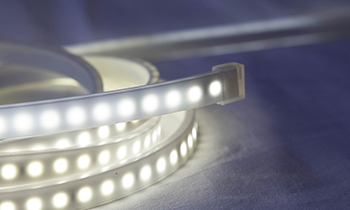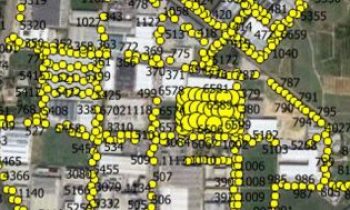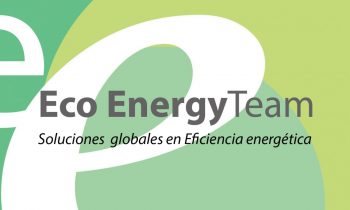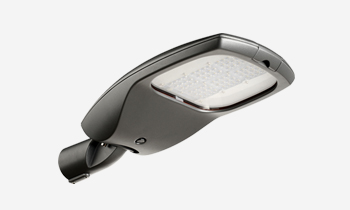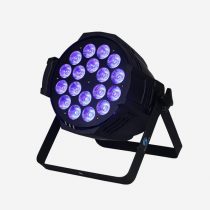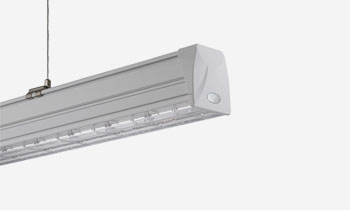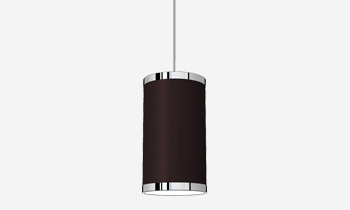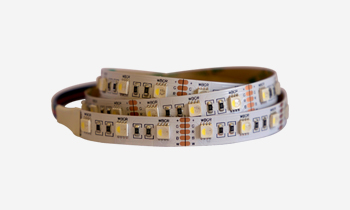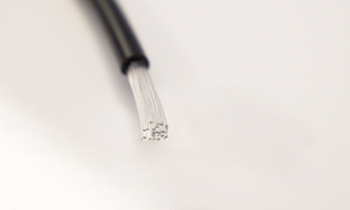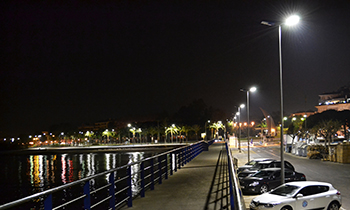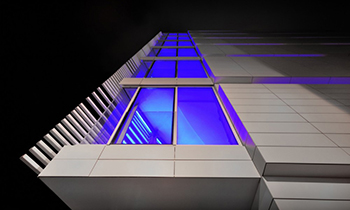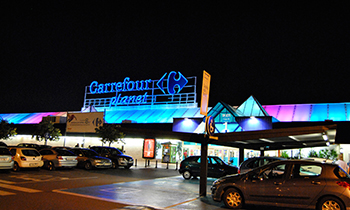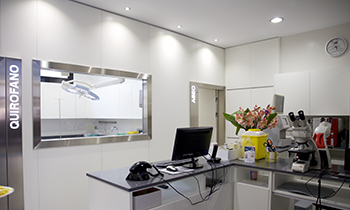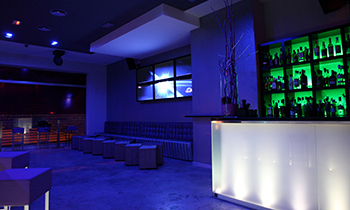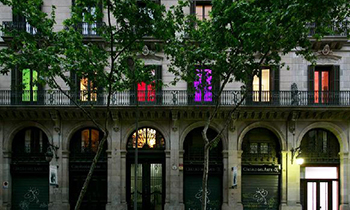INTRODUCTION
ENERGY EFFICIENCY is about using the least amount of energy possible to meet our needs. The basis of WELL-BEING lies in managing to cover these needs, and whether this well-being is lasting over time depends on whether we have achieved it through SUSTAINABLE DEVELOPMENT or not, that is to say without putting the well-being of future generations at risk.
ORIGINS and LEGISLATION EVOLUTION
28 years after the Rio Summit (1992), its slogan “Think globally, act locally” is still in force. We must bear in mind that a small action, in the field of environment, can have a considerable effect if it is part of a whole. The principle of sustainability aims to achieve a balance between the needs of human beings and the environment in which they live; hence the importance of acting in housing construction and urban development interventions in a sustainable manner.
In 2006 the European Commission launched its first “Action Plan for Energy Efficiency: Realising the Potential” (COM(2006)0545), which aimed to mobilise public opinion, politicians and markets to transform the internal energy market. Objective: to control and reduce energy demand.
This action plan has several updates (COM(2011)0109) and numerous directives covering various areas such as, Eco-design (2009/125/EU), Labelling (2010/30/EU), Energy efficiency of buildings (2010/31/EU) both new and existing.
This latest Buildings Directive and subsequent revisions (COM(2016)0860), calls on Member States to develop long-term national strategies for the renovation of their buildings, and to stimulate public and private investment in energy efficiency in buildings, with targets for 2030.
According to Commission data, buildings account for 40% of energy consumption and 36% of CO2 emissions in the Union. Currently, about 35% of the Union’s buildings are over 50 years old. Improving the energy efficiency of buildings could lead to a reduction in energy consumption in the Union of 5-6% and around 5% in CO2 emissions.
Lighting is an essential part of this Energy Reduction.
In order to achieve efficient LIGHTING, we must achieve three objectives:
– Reduce consumption
– Extend the life of the luminaires
– Reduce the impact on the environment
Lighting is responsible for 19% of electricity consumption worldwide, to improve this data it is necessary to take efficient measures that mean savings, one of them can be to update the luminaires by LED technology.
All this must be encouraged by administrations and governments.
NEWS FROM CTE DB HE3
Royal Decree 235/2013, of 5 April, approved the basic procedure for energy efficiency certification of buildings.
CTE – Technical Building Code
DB – Basic Document
HE3 – Lighting Installation Conditions
VEEI – Energy Efficiency Value of Installation
There is a new version of the DB-HE in accordance with the transitional provisions of Royal Decree 732/2019, which will be compulsory for new construction and for interventions in existing buildings for those applying for a municipal building permit for from 28 June 2020.
“Buildings shall have lighting installations that are both appropriate to the needs of their users and energy efficient, with a control system that allows the lighting to be adjusted to the actual occupation of the area, as well as a regulation system that optimises the use of natural light, in areas that meet certain conditions”.

• The new DB-HE3 provides tables that relate the maximum power to be installed (W/m2) according to the use of that space.
(Ex: Restoration / VEEI lim 8.0 / max. 18 W/m2;
Parking / VEEI lim 4.0 / max. 5 W/m2)
The VEEI values are maintained with respect to previous standards, as a novelty the W/m2 values are limited.
• The facilities will have a control and regulation system IN EACH AREA that includes:
– Manual on/off system external to the electrical panel.
– A centralised time switch system in each electrical panel.
• The facilities will have a control and regulation system IN AREAS OF OCCASIONAL USE that includes:
– Manual on/off system external to the electrical panel.
– On/off control by means of a timed presence detection system or a timed push button system.
• Slight variations in the installation of Systems for the use of natural light, which regulate the lighting proportionally and automatically by means of a brightness sensor. They will be regulated according to their distance from windows or skylights, and when the glass surface is more than 11%.

From Goodwork we collaborate with architects and construction professionals doing studies and analysis of lighting to make energy efficiency in buildings possible.


